Nature reports
Page 29 of 37 - 361 Results
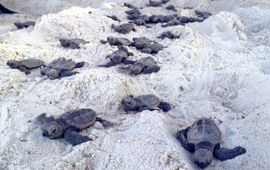
The sea turtle nesting season has officially started: each of the Dutch Caribbean Islands has reported their first hatchlings of the year. The official season runs between April and December, with slight differences between the..
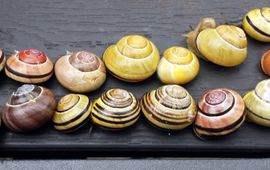
Professor Menno Schilthuizen, author of 'Darwin in the city', and Naturalis researcher Niels Kerstes cooperated with Vincent Kalkman and Thijmen Breeschoten on research into how urban temperatures have impacted the evolution of..
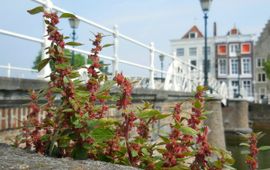
Climate change affects our health. The consequences that climate change can have on our health, for instance heat stress, allergies, diseases, air quality and UV-radiation, have hitherto never been documented this extensively: as..
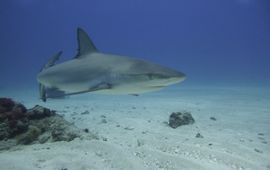
Wageningen Marine Research reported ten reef-associated shark species in the Dutch Caribbean in a recent published study commissioned by DCNA. The most common species are the nurse shark and the Caribbean reef shark. Overall, more..
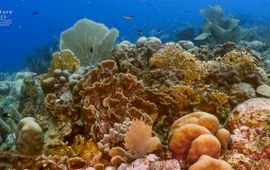
Nearly a third of all marine species can be found on or around coral reefs. This is why their rapid degradation is of great concern. To better understand corals as a whole, a group of scientists have set out to study the..
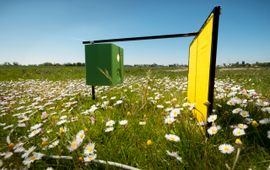
In the global effort to reduce biodiversity loss, monitoring the spread and abundance of insect species is a key element. Automated camera traps for insects are widely used to monitor insects, however counting and identifying of..
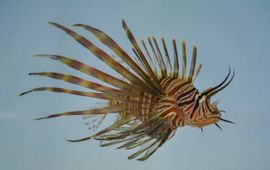
Researchers from Indiana University and CIEE Bonaire completed a series of studies to apply a new technique using environmental DNA (eDNA) which has the potential to reduce time, money and labor required to conduct lionfish..
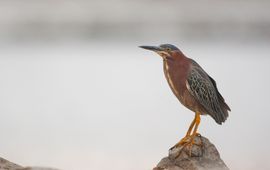
The birds of Saba were studied for two years to clarify the composition of the island’s avifauna, with the addition of observations made by reliable Saba birdwatchers. The resulting updated checklist for the birds of Saba shows..
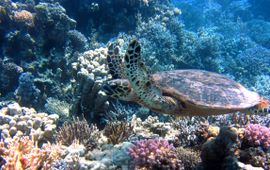
The Intergovernmental Platform on Biodiversity and Ecosystem Services (IPBES) launched a landmark Global Assessment Report providing persuasive evidence on the rapid deterioration of nature and its contributions to people across..
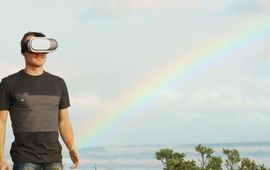
New digital and technological developments are rapidly transforming the field of nature experiences. Digital technologies are often regarded as threatening to the relationship between people and nature, as they are thought to..
